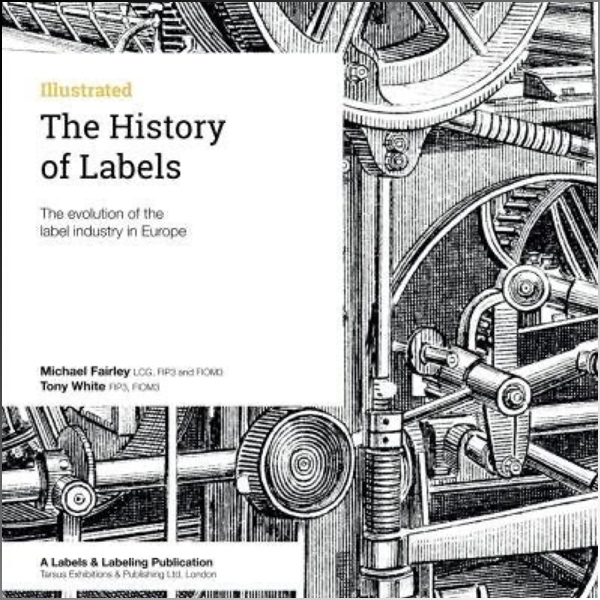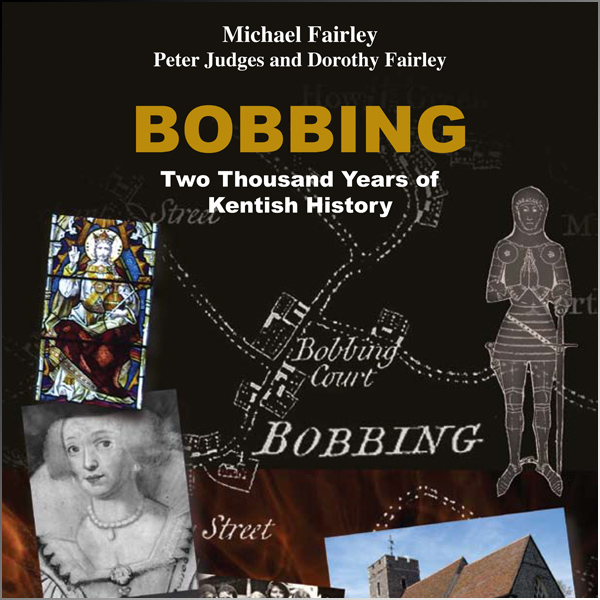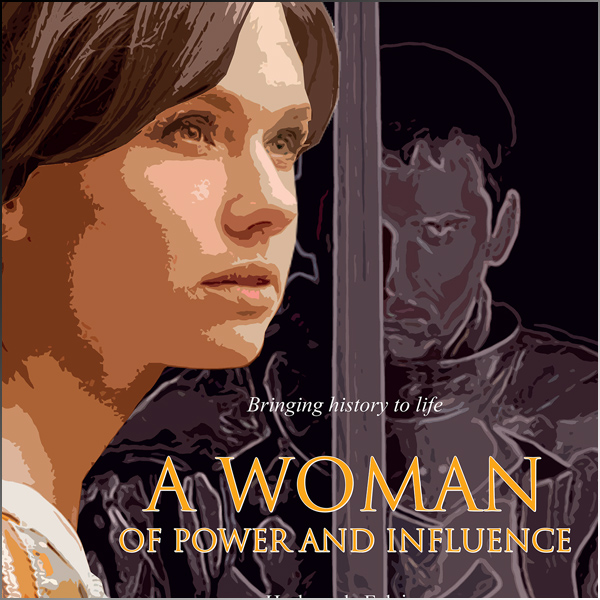Historical books
The research and writing of both historical fact and fiction titles is one of the specialist projects of Mifair Publishing and Michael Fairley. The most recently available titles, all available on www.amazon.com or its regional sites, are summarised below.

The History of Labels
The evolution of labels and the story of the early label industry pioneers in Europe can be traced back over several hundred years. However, it was most certainly the period of the Industrial Revolution during the late 1700s and early 1800s that really began to shape the use and production of labels in a way that we would recognize them today.
Charting the label’s development from first being produced in single colors on wooden hand presses, this book explores all aspects of the industry’s history through from the invention of the first presses and papermaking machines to the advent of self-adhesive converting in Europe.
Its rich history and how centuries of innovation has had a profound impact on the modern day branding and use of products including food and medicines is set out-out in ‘The History of Labels’. The result of several years of research by Michael Fairley and Tony White, this new book, published by Tarsus Publishing should be a must-read title for all those who have an interest in how the world of labels and label production has grown from its early origins.. Purchase from Amazon

Bobbing: Two Thousand Years of Kentish History
Bobbing has a history as a relatively small agricultural village or parish which can be found approximately two miles to the northwest of the town of Sittingbourne. The centre of the village lies about three-quarters of a mile to the east from the main London to Dover Road – along the old Sheppey Way – which continues on to the north-east and to the village of Iwade.
Although first found on early maps dating from the 12th and 13th Century under the names of Bobinge, Bobbynge, Bobbing, Bobbinges, it is believed to take its name from a Celtic tribe that lived on the higher ground that was to the north of the fresh water marshes of the Meads and nearby creeks.
As far back as the time of the Roman occupation, Bobbing was a source of raw materials for the building of Watling Street through the parish as well as for chalk and brick making clay. Later the area was raided by foreign armies which included the Saxons, Vikings, Dutch and French.
Following the Norman Conquest, Bobbing became home to descendents of the Norman survivors of the Battle of Hastings and, over the next four hundred years, provided knights and army commanders that fought in The Crusades and major battles in Palestine, Scotland, the Caribbean and Ireland and who sailed with Francis Drake and Admiral Sir John Hawkins. MPs, Sheriffs, Justices of the Peace, Governors and landed gentry also came from Bobbing, while some received Royal Patronage or were friends of English Kings and Queens. A Royal hunting lodge was also to be found in the parish.
This publication is intended to give something of the sense of history that a small village can have on a county. Indeed on the country as a whole and even on other countries as well. Bobbing is perhaps not unique, but its heritage and history is far more important than its size should ever justify. It is an interesting story. Purchase from Amazon

A woman of power and influence: Herleva de Falaise. From commoner to mother of a king
Although few know the name of Herleva de Falaise outside of the world of historical research, she was nevertheless one of the most important women of the Middle Ages and had a major impact on the history and events of the 11th century and, indirectly, on the next one thousand years of French, English and wider European history. Indeed, was probably one of the most influential and powerful women in much of the history of northwestern Europe. Born in Normandy, France, in 1012 she became the mistress of Duke Robert I at the age of just 16 and mother of an illegitimate son and daughter by him. A son who was subsequently crowned Conqueror and King of England – in turn bringing almost 300 years of Norman rule and the French language to the country. Married to a Count – and one of the Duke’s closest friends – after her beloved Duke was forbidden by the church to marry her, she had five more daughters and three further sons, one of whom became an outstanding military leader, a bishop and an Earl, the other a key army figurehead and Count. Both were key to the successful invasion of England in 1066. Together, these three sons of Herleva were to become the wealthiest and most powerful men in England. Their uncle and cousins also played an influential role in, first, the Conquest and then the development of Norman England. This book sets out to present in a fictionalized way an account of the life, loves, children and historical events surrounding – and following – Herleva de Falaise, and her sons, William, Odo and Robert. All dates, names, places and events have been obtained through historical research and are believed to be substantially correct, although even research records show quite wide variations in some of the dates, names and events recorded. The story that unfolds is an interesting and. Purchase from Amazon
